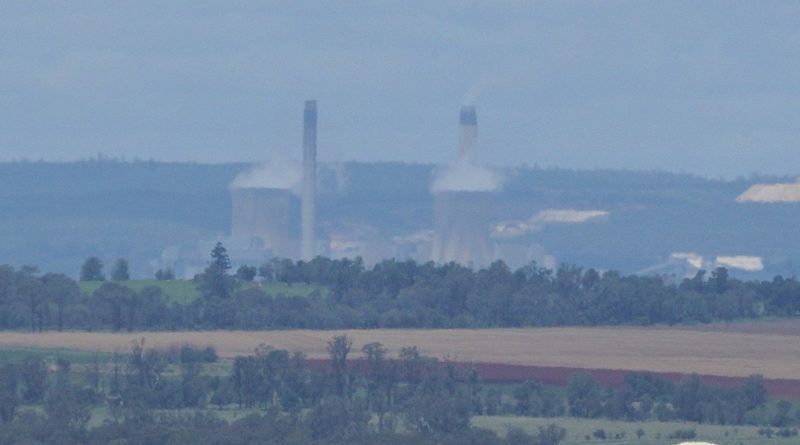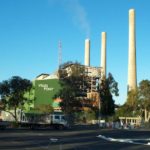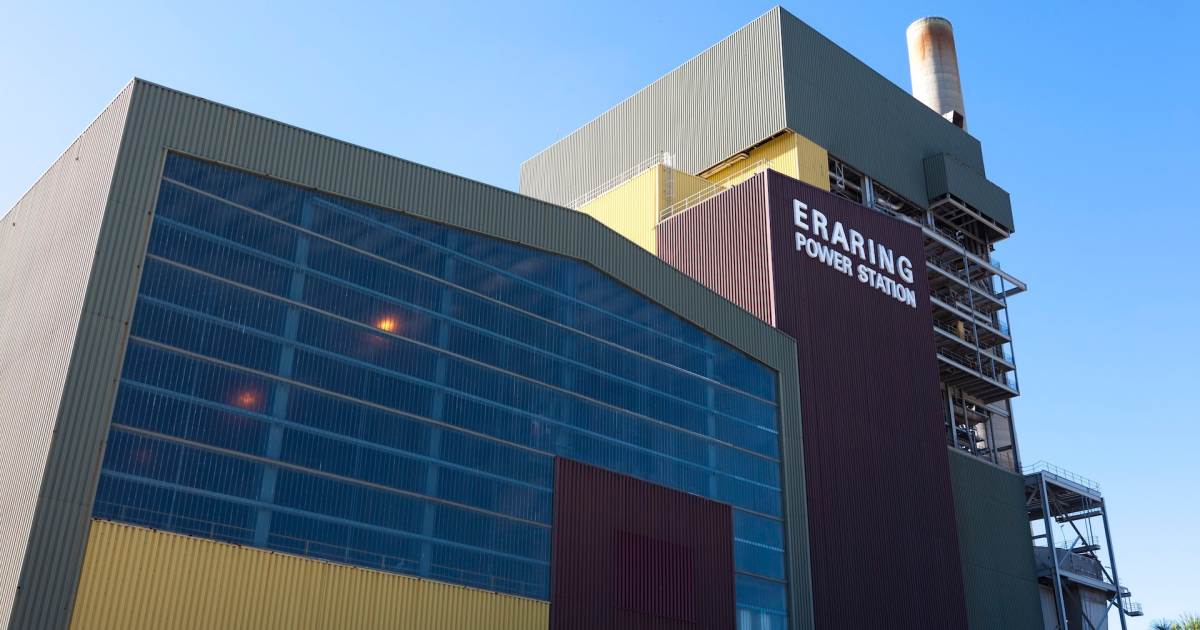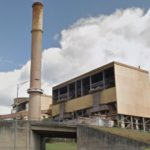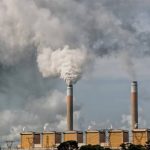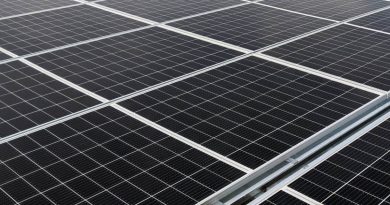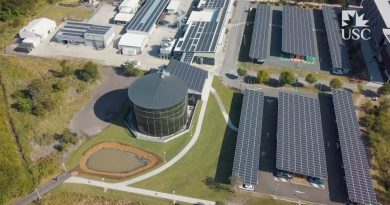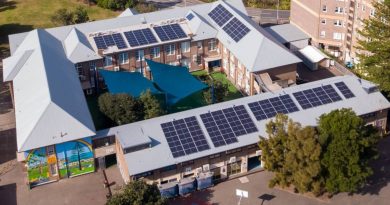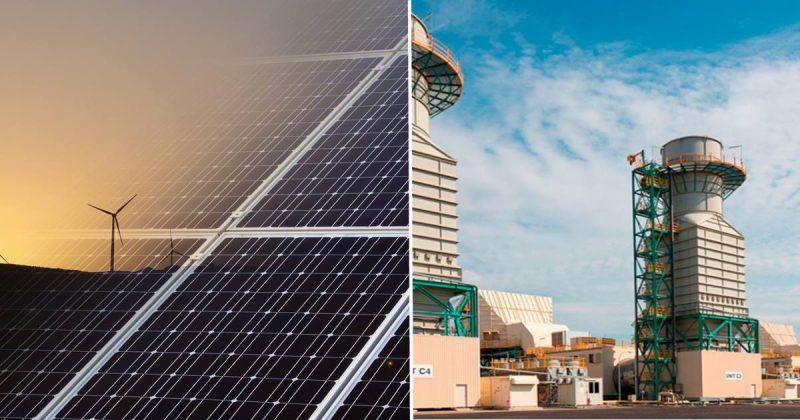Coal Power Connection In Australia’s “Most Polluted” Postcodes
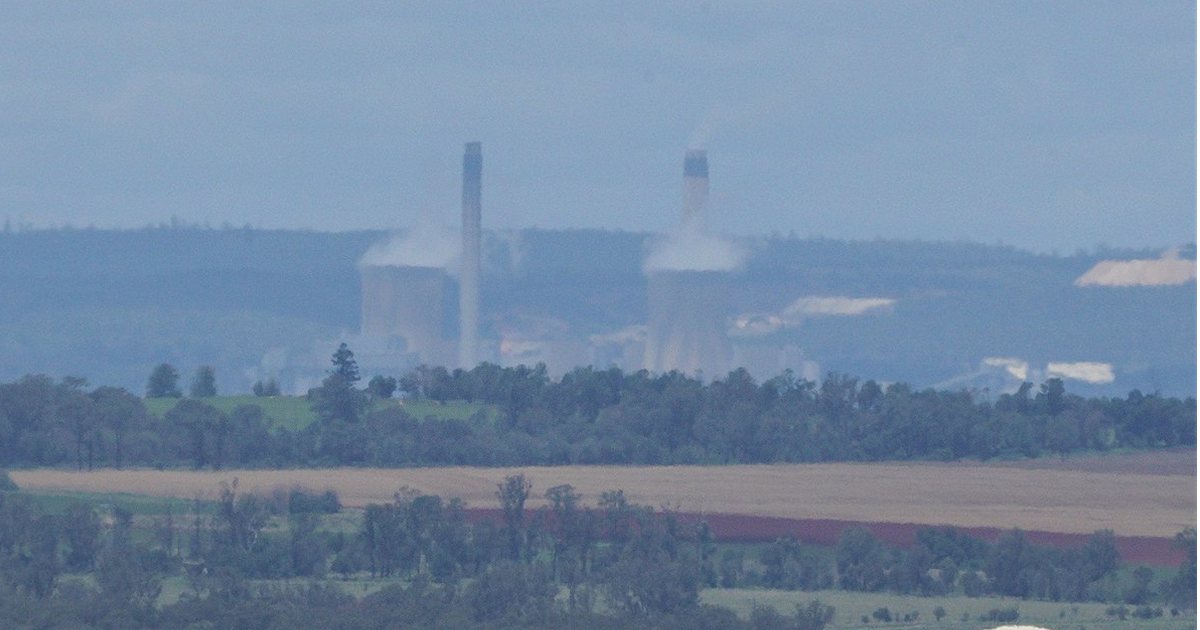
Tarong Power Station in 2021 | Image: DiamondIIIXX – CC BY-SA 4.0
Six of the ten Australian postcodes determined to have the highest levels of five dangerous air pollutants have something in common – coal power plants within their boundaries.
Analysis by the Australian Conservation Foundation (ACF) looked at levels of the following pollutants:
- coarse particles (PM10) – can negatively affect the heart and lungs
- fine particles (PM2.5) – small enough to enter the bloodstream via the lungs and damage organs1
- sulphur dioxide (SO2): inflammation of the respiratory tract
- mercury – a heavy metal that accumulates in the body and can damage the brain2, kidneys, and developing foetuses.
- oxides of nitrogen (NOx): Irritant of eyes, nose, throat and lungs.
Out of the ten worst postcodes, the following locations all have coal power stations.
Muswellbrook, New South Wales
Coming in at number 3 was Muswellbrook’s postcode, which hosts AGL’s Bayswater coal-fired power station. According to ACF, Bayswater spewed 33.2 million kg of NOx, 46.2 million kg of SO2 and 108.4 kg of mercury in the last reporting period.
Expected plant closure year: 2033
Traralgon, Victoria
At number 5 was Traralgon in Victoria’s Latrobe Valley – the centre of Victoria’s coal industry. ACF says AGL’s Loy Yang power station is Australia’s second biggest SO2 polluter in terms of facilities and third highest for NOx.
Expected plant closure year: 2045
Gladstone, Queensland
Number 6 on the list was the industrial centre of Gladstone on the central Queensland coast, which has a coal fired clunker in its suburbs. ACF says fine particle pollution (PM2.5) has increased every year over last four reporting periods.
Expected plant closure year: 2035
Stanwell, Queensland
Stanwell power station accounts for 74% of the postcode’s emissions and has a much higher NOx emission intensity for power produced compared to Bayswater. Stanwell was at number 7.
Expected plant closure year: 2043 – 2046
Collie, Western Australia
Collie’s postcode, home to Muja Power Station, was eighth on the list. The power station is responsible for 34% of the postcode’s emissions.
Expected plant closure year: Stage C: October 1, 2022 – October 1, 2024. Stage D unknown.
Tarong, Queensland
Tarong made number 9. Its coal-fired power station is responsible for 80% of the postcode’s emissions.
Expected plant closure year: 2036 – 2037
With plenty of remaining life assumed/expected for most of these power stations3, it’s not just carbon emissions to be concerned about but also all the other crud they will continue cough, belch, spew and fart into the atmosphere. And then there’s the coal ash.
“Coal-fired power continues to be a major contributor to serious health problems in Australia,” said ACF’s Matthew Rose. “Australia needs new, nationally consistent air quality standards and a coherent national plan to manage the inevitable shift to a clean energy future.”
More on the ACF analysis can be found here, which was based on the latest National Pollutant Inventory’s emission data. ACF have also launched a searchable postcode pollution tool.
Footnotes
- Research carried out by several universities estimated 8 million+ people died in 2018 from PM2.5 pollution – around 18 percent of total global deaths that year. ↩
- Hatmakers who used to use mercury in the hat production process often developed mercury poisoning, which can involve hallucinations and psychosis. The condition was also known as “Mad Hatter’s disease”. This is where the inspiration for the Mad Hatter character in Lewis Carroll’s Alice in Wonderland came from. ↩
- Renewables including solar power should force early closures. Coal power is having growing problems competing with renewable energy as it’s is not only cleaner but cheaper. But in the meantime, maintenance of coal plants may be skimped on to save on running costs and the way they are increasingly operated could make air pollutant problems worse. ↩
Original Source: https://www.solarquotes.com.au/blog/coal-power-pollution-mb2477/

